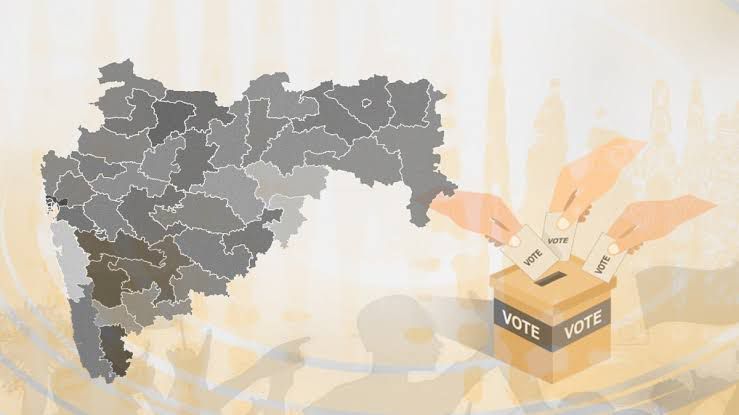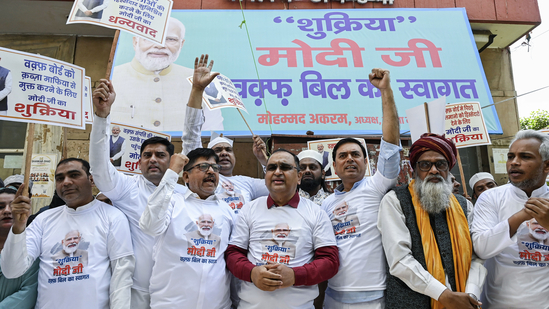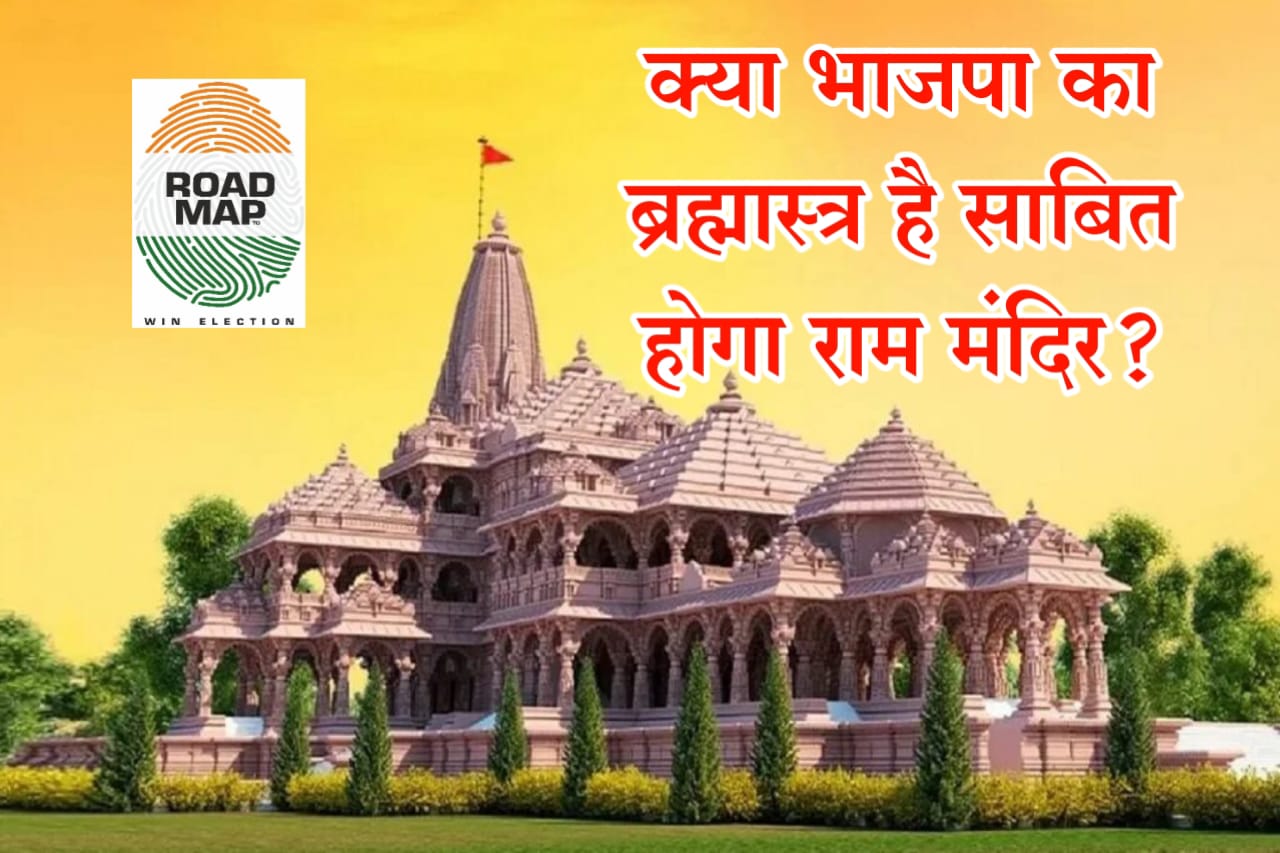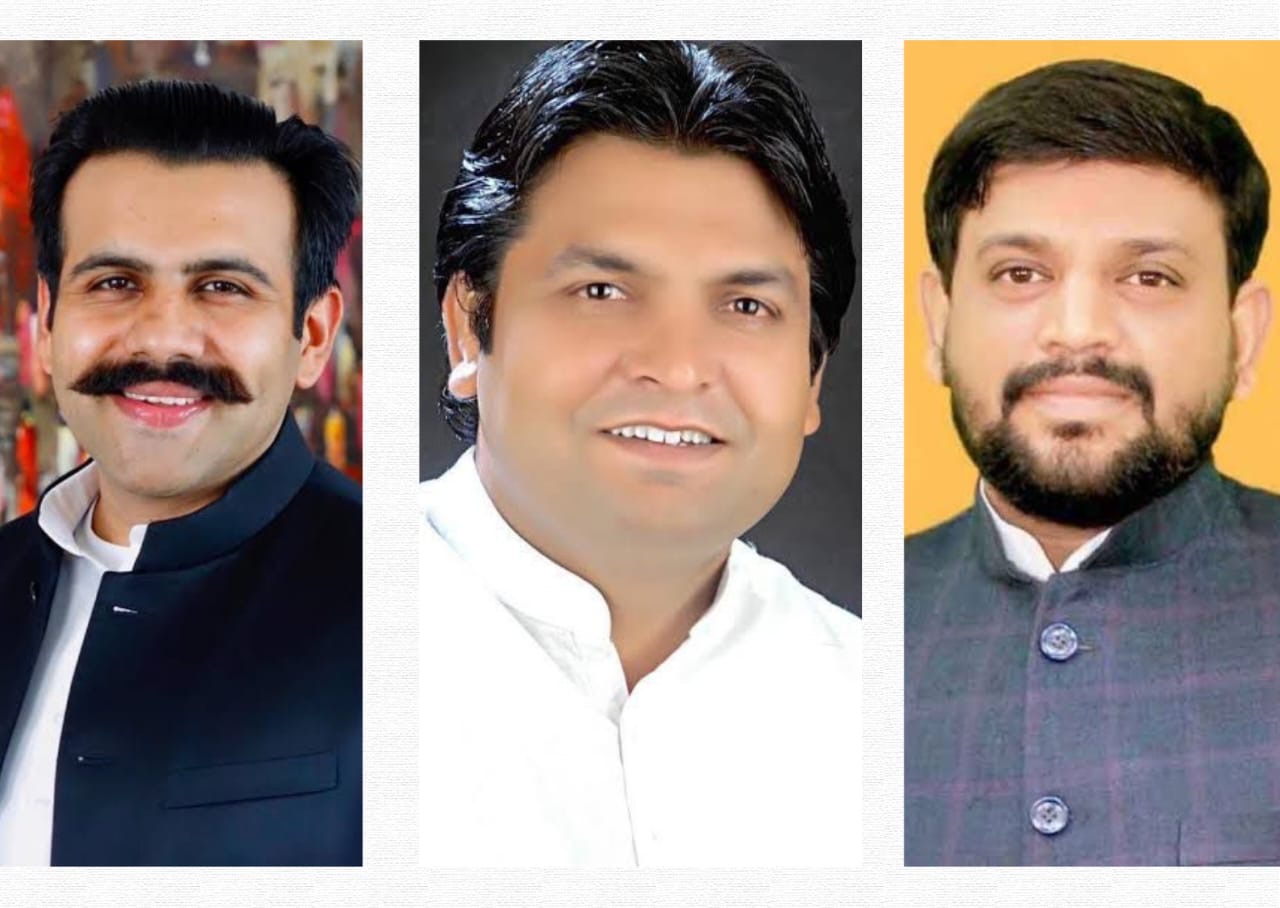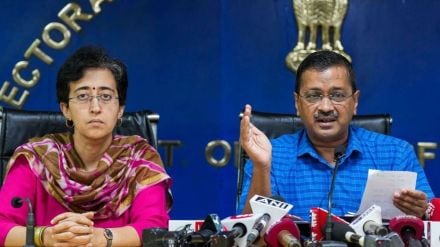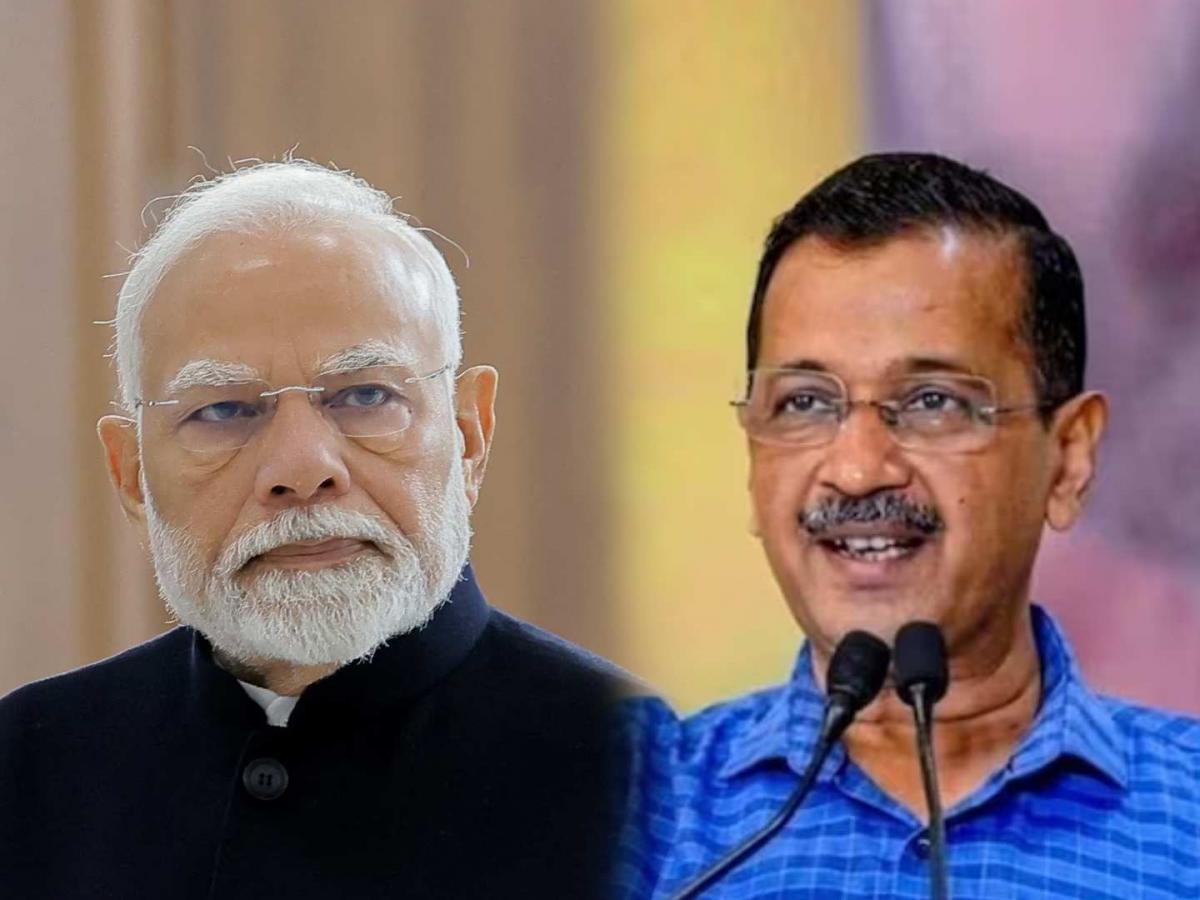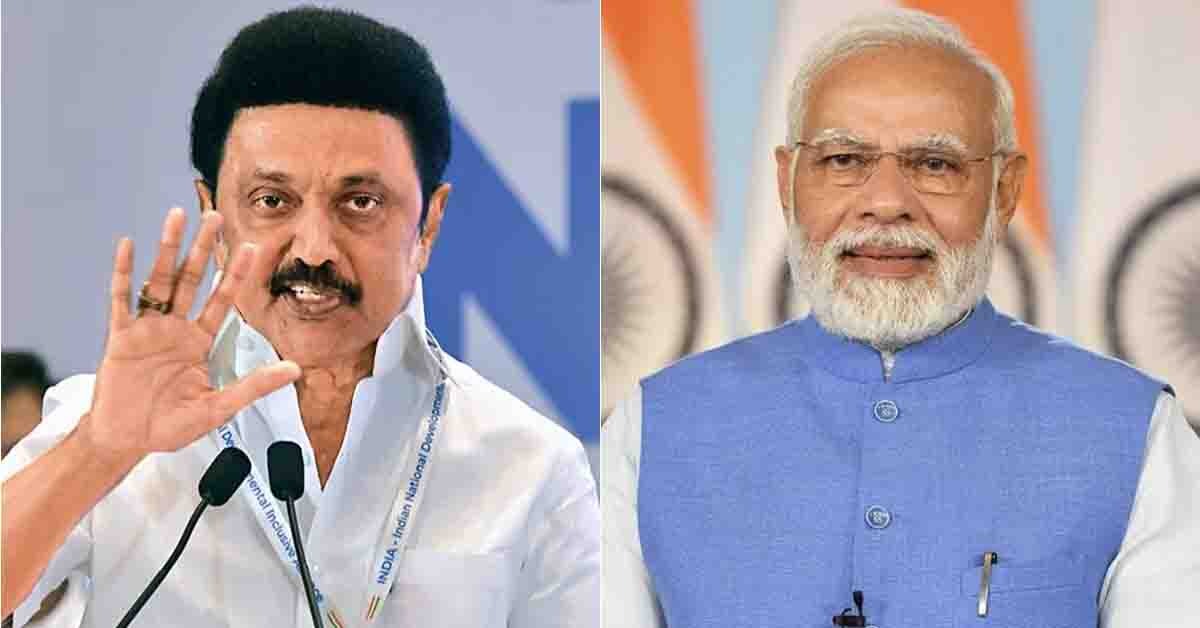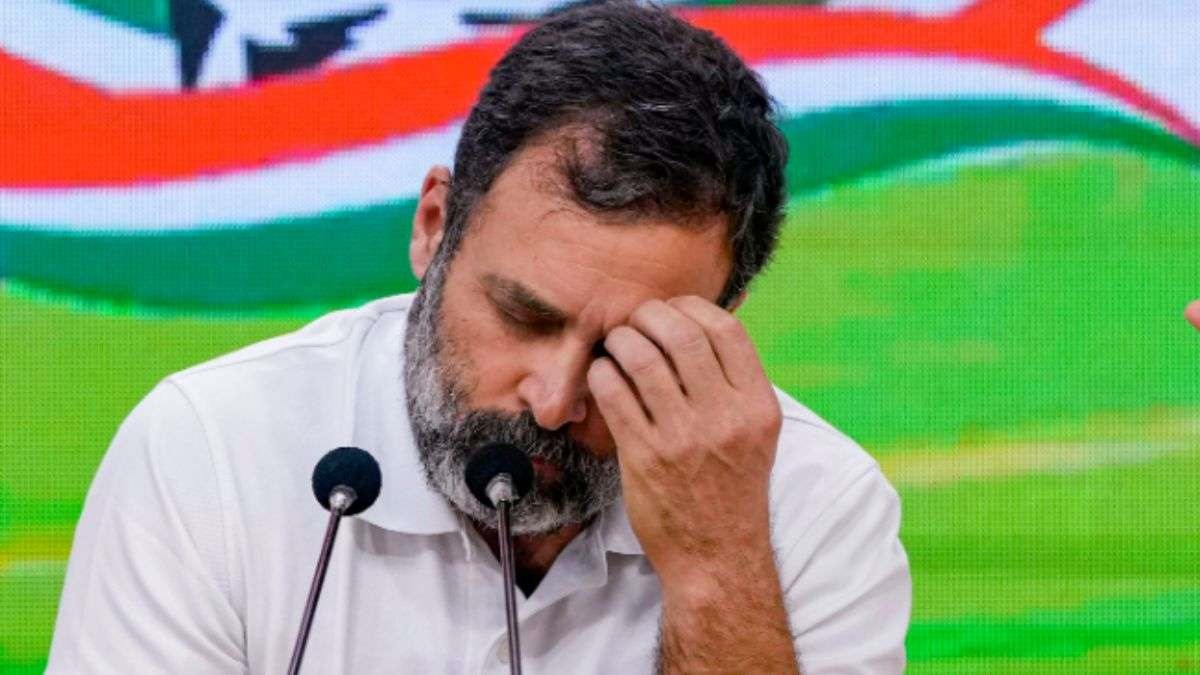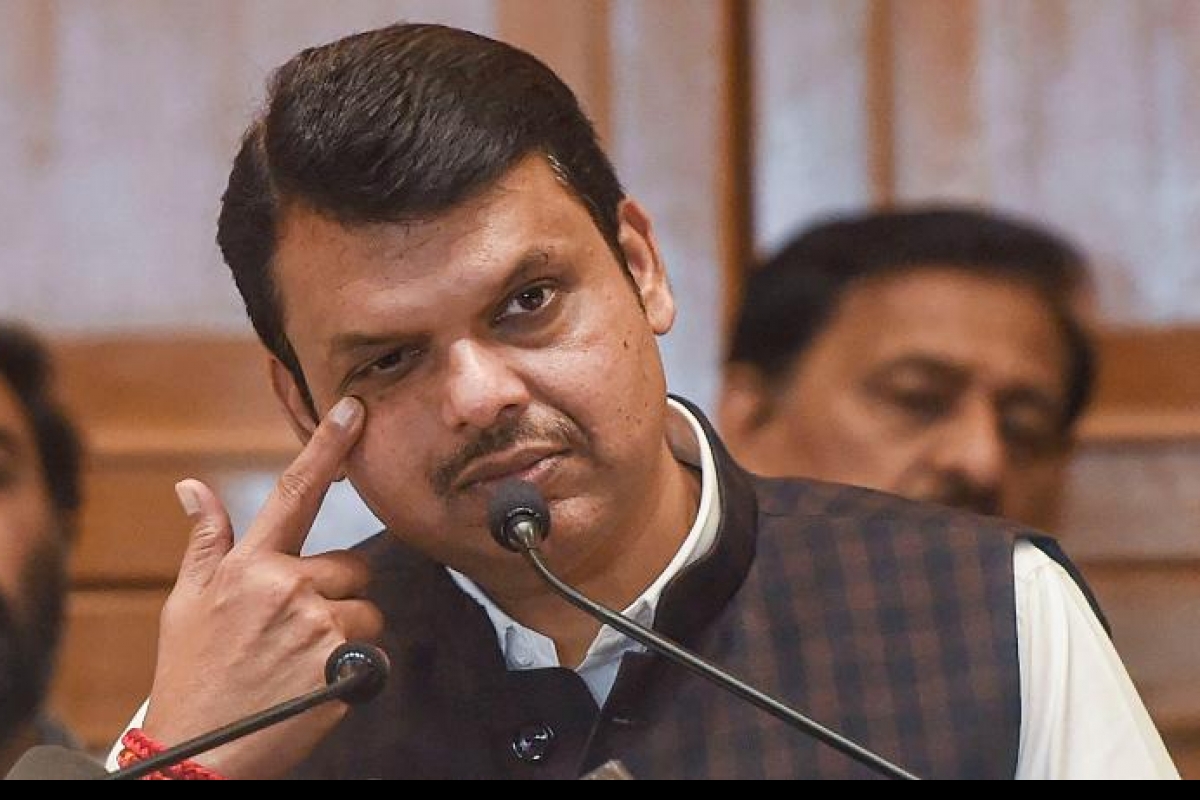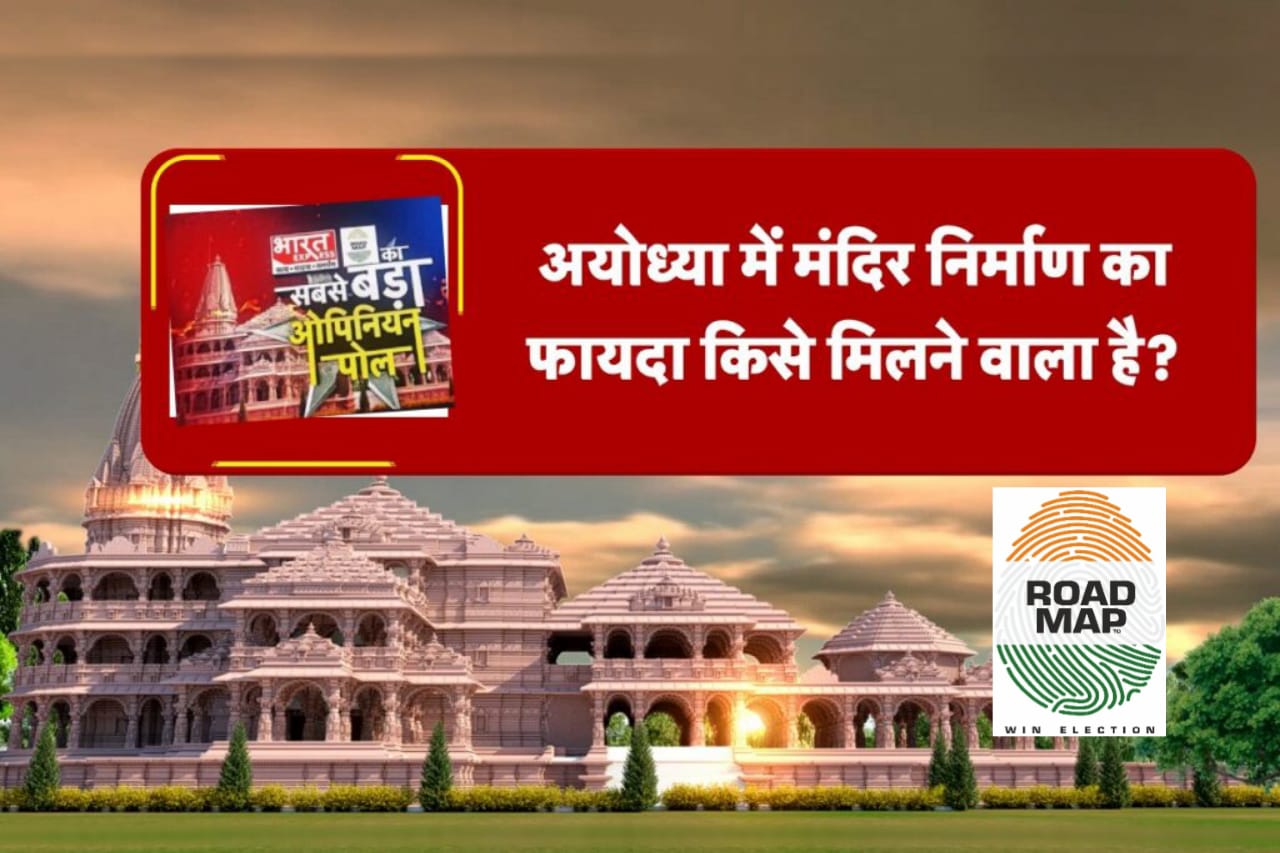As Gurugram gears up for its upcoming election, the stage is set for an electrifying triangular contest. Naveen Goyal, a prominent Vaishya community figure, is poised to challenge the established political duopoly with his independent candidacy. Against the backdrop of a BJP ticket for Mukesh Sharma, a Brahmin, and Congress’s nomination of Mohit Grover, a Punjabi, Goyal’s entry adds a fresh layer of complexity to the electoral dynamics.
Goyal’s campaign has been characterized by strategic outreach, notably his Brahmin conference and Parshuram Leela event, which showcased his ability to mobilize support from the Brahmin community and allied groups. By invoking the sentiment of unity and community allegiance, he has effectively positioned himself as a serious contender in this high-stakes election.
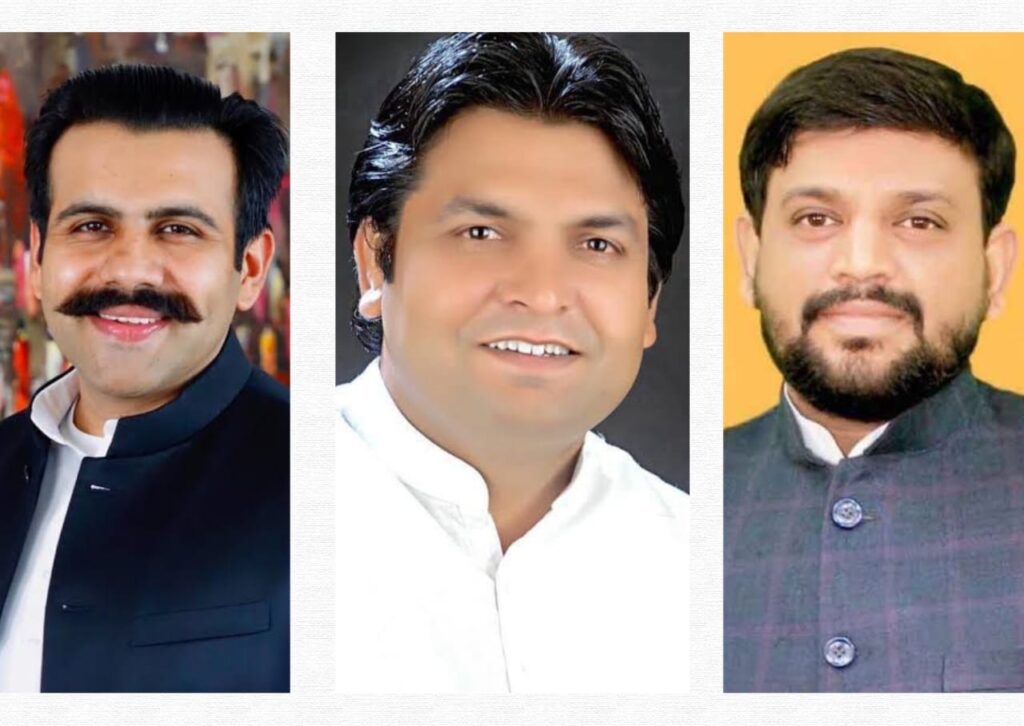
Despite these efforts, the path to victory for Goyal is fraught with challenges. The fundamental issue lies in his campaign’s current focus, or rather, the lack thereof. While his ability to galvanize community support is commendable, his strategy has not sufficiently addressed the crucial segment of floating voters, who constitute approximately 18.5% of the electorate. These voters are pivotal in a closely contested race and their support could very well determine the outcome.
For Goyal to convert his community backing into a winning formula, he must recalibrate his campaign approach. A more granular targeting of floating voters is imperative. This demographic is notoriously fickle and often swayed by nuanced, localized issues rather than broad community appeals. An effective campaign would need to resonate on multiple levels, addressing both the specific concerns of these voters and the broader electorate.
Moreover, Goyal’s strategy should incorporate an emotional appeal that transcends mere community loyalty. His message must be tailored to address the pressing concerns of Gurugram’s diverse populace, offering clear, actionable solutions that align with the electorate’s aspirations and grievances. By crafting a narrative that integrates personal commitment with pragmatic policy proposals, Goyal can significantly enhance his appeal to undecided voters.
The withdrawal of former MLA Umesh Aggarwal, who has shown respect for community sentiments, removes a potential rival and consolidates Goyal’s standing within the Vaishya community. However, this consolidation alone will not be sufficient to secure victory. Goyal’s campaign must evolve from its current form, which has displayed commendable community outreach but insufficient tactical depth.
In conclusion, Naveen Goyal’s candidacy represents a formidable challenge to the traditional political strongholds in Gurugram. The potential for an independent victory exists, but it is contingent upon a more sophisticated approach to campaigning. By addressing the needs of floating voters and delivering a compelling, emotionally resonant message, Goyal can transform a promising campaign into a winning one. The coming weeks will be crucial in determining whether Goyal’s independent bid will disrupt the established political order or become a mere footnote in Gurugram’s electoral.

